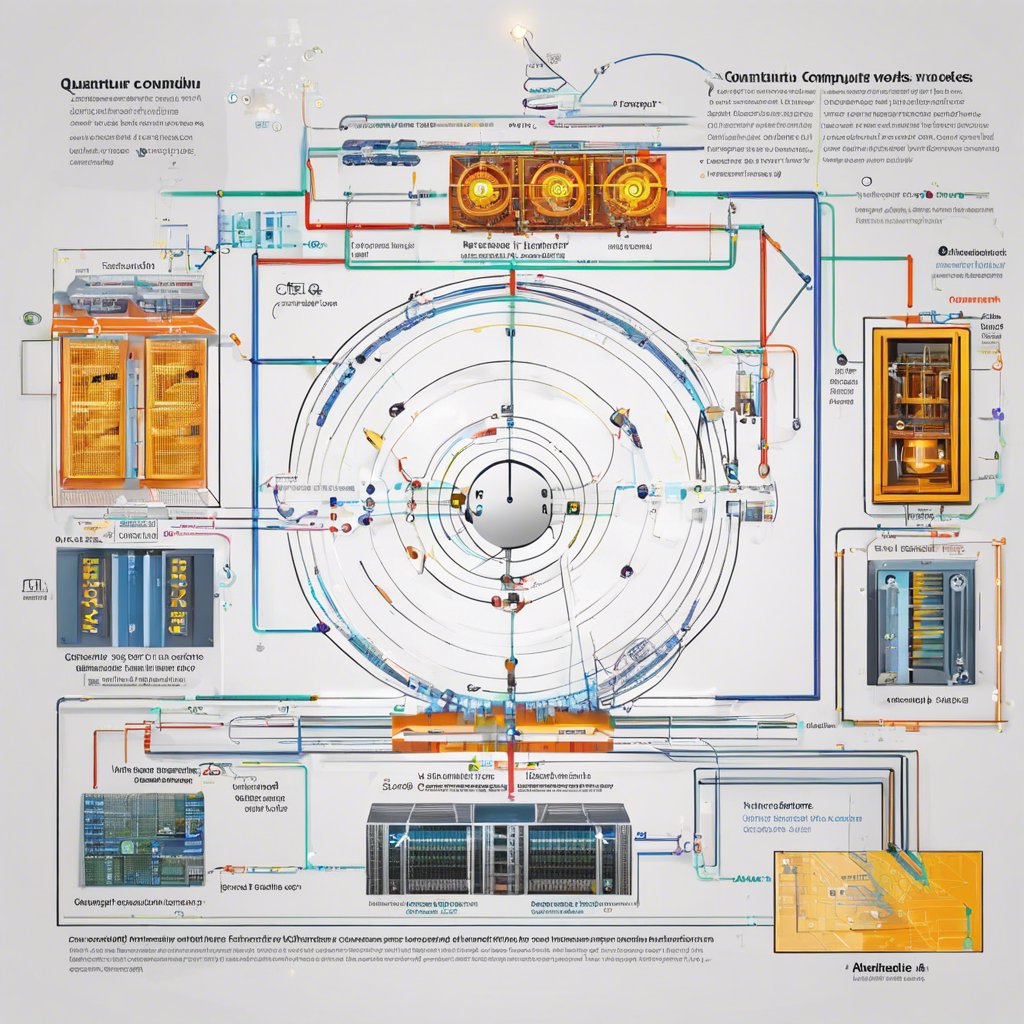Space exploration has captivated the imaginations of people worldwide for decades, and it continues to yield fascinating discoveries that deepen our understanding of the universe. From distant planets to mysterious cosmic phenomena, here are the latest advancements and findings in space exploration that have astronomers and space enthusiasts buzzing with excitement.
One of the most exciting developments in space exploration is the Perseverance rover’s mission on Mars. Operating on the red planet since February 2021, Perseverance has been collecting invaluable data and samples, offering insights into Mars’ past and potential for future human habitation. The rover has already discovered signs of ancient microbial life and has been crucial in understanding Mars’ geology and climate history. With each passing day, Perseverance provides invaluable information that brings us one step closer to unraveling the mysteries of our neighboring planet.
Another notable achievement is the James Webb Space Telescope’s groundbreaking observations. Launched in December 2021, this powerful telescope has revealed stunning and detailed images of distant celestial bodies and phenomena, including never-before-seen glimpses of exoplanets, star-forming regions, and the early universe. By studying the light from the first stars and galaxies, astronomers can piece together the cosmic history, shedding light on the evolution of the universe and our place in it.
NASA’s Dragonfly mission to Saturn’s moon, Titan, is also making waves in the space exploration community. Scheduled for launch in 2027, Dragonfly will explore Titan’s surface, studying its atmosphere, organic chemistry, and potential habitability. Titan has long fascinated scientists due to its Earth-like characteristics, including lakes, rivers, and a nitrogen-rich atmosphere. The data collected by Dragonfly could provide invaluable insights into the processes that drove the development of life on early Earth and the potential for similar processes on other celestial bodies.
In addition to these marquee missions, space agencies and private companies have been making strides in space tourism and lunar exploration. Companies like SpaceX and Blue Origin have been conducting suborbital flights, taking paying customers to the edge of space, offering them a glimpse of the cosmos, and providing a unique perspective of our fragile planet hanging in the vast emptiness of space.
Lunar exploration is also back in the spotlight, with NASA’s Artemis program aiming to return astronauts to the Moon by 2024. This ambitious mission will not only advance our scientific understanding of the Moon but also serve as a stepping stone for future human exploration of Mars. The program includes the development of the Space Launch System (SLS) rocket, the Orion spacecraft, and the Lunar Gateway – a crucial infrastructure to support sustainable lunar exploration.
The latest discoveries in space exploration also extend to the study of extreme cosmic phenomena, such as black holes and neutron stars. Recent observations have provided new insights into the nature of these enigmatic objects, including the detection of gravitational waves – ripples in the fabric of spacetime – caused by colliding black holes. These findings are helping scientists probe the fundamental nature of gravity and space-time itself.
Moreover, space probes like Juno and New Horizons continue to transmit invaluable data and breathtaking images of Jupiter, its moons, and distant objects in the Kuiper Belt, pushing the boundaries of our knowledge and shedding light on the incredible diversity of our solar system and beyond. Each new mission, telescope, and space probe brings us one step closer to unraveling the mysteries of the cosmos, inspiring future generations of astronomers and explorers.

